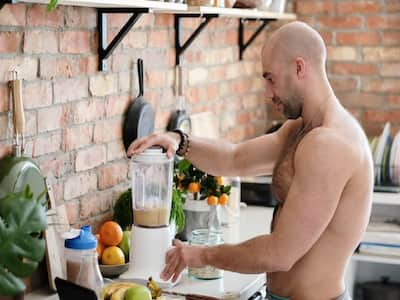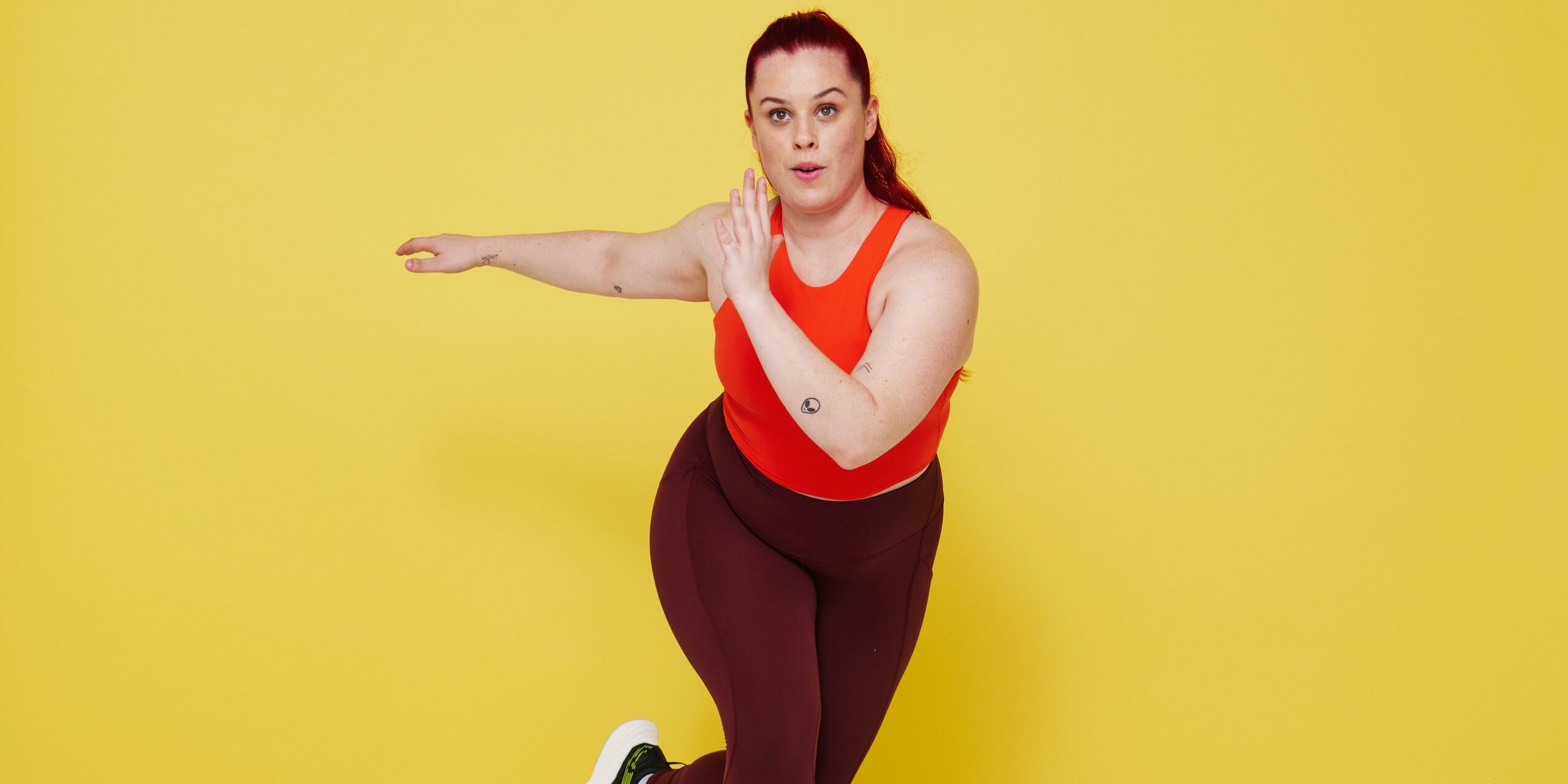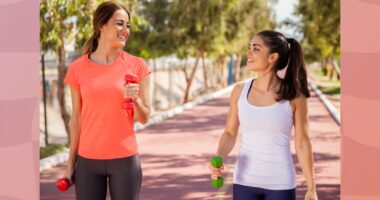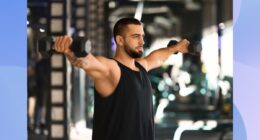
Post-workout nutrition is crucial for for enhancing muscle recovery and achieving optimal benefits from exercise.
Post-workout nutrition is a crucial aspect of any fitness routine, as it plays a significant role in optimizing recovery and maximizing the benefits of your exercise. By providing your body with the right nutrients at the right time, you can replenish energy stores, repair damaged muscle tissue, and promote muscle growth. Here’s a guide to help you master your post-workout nutrition and help you master your recovery.
Timing is Key
The timing of your post-workout meal or snack is crucial for optimal recovery. Consuming nutrients within 30 minutes to 45 minutes after your workout is recommended because your body is most receptive to nutrient uptake during this time. This window is known as the “anabolic window,” when your muscles majorly absorb and utilize nutrients efficiently.
Macronutrients
To support your recovery, it’s essential to focus on the right balance of macronutrients, mainly protein, carbohydrates, and healthy fats.
Protein is an important nutrient of post-workout nutrition as it aids in muscle repair and growth. Aim for 20-30 grams of high-quality protein from sources like lean meats, poultry, fish, eggs, dairy, or plant-based options such as tofu, beans, or lentils. For athletes ~1.8 g kg body weight (BW) 1 day to meet the daily requirement.
Carbohydrates play a key role in replenishing glycogen stores, which are depleted during exercise. Opt for complex carbohydrates like whole grains, fruits, and vegetables. The amount of carbs you need will depend on the intensity and duration of your workout, but a general range of 20-50 grams is a good starting point & working athletes should consume 8 12 g carbohydrate/kg of body weight to fully replenish muscle glycogen stores after your workout.
While protein and carbohydrates are the primary focus, including a small amount of healthy fats can help provide sustained energy and support nutrient absorption. Examples of healthy fats include nuts, avocados, and olive oil.
Hydration
Proper hydration is often overlooked but is vital for effective recovery. Replenish fluids lost through sweat by drinking water after your workout. For intense or prolonged exercise, consider a sports drink or coconut water to replenish electrolytes.
READ RELATED: PCOS, Periods, Gynecological Health: Importance Of Overall Fitness For All
Supplements
While a well-balanced diet should provide sufficient nutrients, if your dietary needs are not sufficient then some individuals may benefit from supplements. Whey protein, creatine, and branched-chain amino acids (BCAAs) are commonly used to support muscle recovery. However, it’s important to consult a healthcare professional or sports nutritionist before incorporating supplements into your routine to ensure they are safe and suitable for your specific needs.
Remember that post-workout nutrition is just one aspect of the recovery process. It’s essential to prioritize a balanced diet, adequate sleep, and overall lifestyle factors to optimize your recovery and achieve your fitness goals. If you’re unsure about your specific nutritional needs, consulting with a registered dietitian or sports nutritionist can provide personalized guidance based on your individual requirements.
In conclusion, mastering post-workout nutrition is vital for enhancing recovery and achieving optimal results from your exercise routine. By paying attention to the timing of your meals, consuming adequate protein, carbohydrates, and healthy fats, staying hydrated, considering supplements, and individualizing your approach, you can support your body’s recovery process and make the most of your workouts.
The article is authored by Dt. Renuka Bachhav, Sports Nutritionist, Hyugalife.
Total Wellness is now just a click away.
Follow us on
Don’t Miss Out on the Latest Updates.
Subscribe to Our Newsletter Today!
window.addEventListener(‘load’, (event) => {
$(‘#commentbtn’).on(“click”,function(){
(function(d, s, id) { var js, fjs = d.getElementsByTagName(s)[0]; if (d.getElementById(id)) return; js = d.createElement(s); js.id = id; js.src = “//connect.facebook.net/en_US/sdk.js#xfbml=1&version=v2.3”; fjs.parentNode.insertBefore(js, fjs);}(document, ‘script’, ‘facebook-jssdk’));
$(“.cmntbox”).toggle();
});
});









